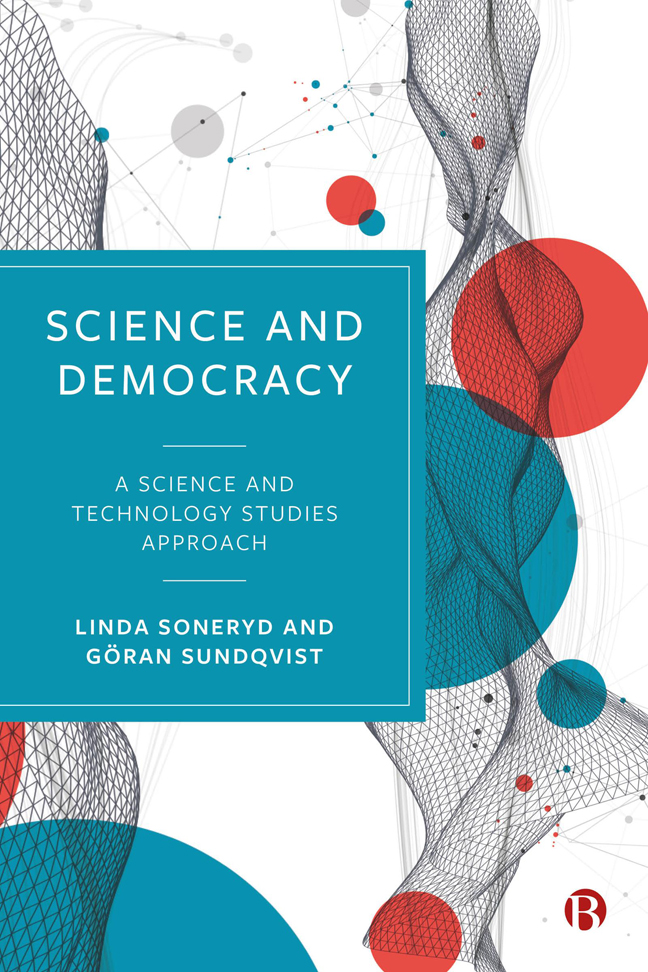4 - Close but Not Too Close
Published online by Cambridge University Press: 23 January 2024
Summary
Introduction
As an interlude, this chapter is an effort to connect, bridge, and provide an overlap between the other two parts of this book: Separation and Coproduction. In this work, we complicate the picture of a clear division between science and politics. Our focus is on science and politics as two separate activities with their own institutions and practices, but we also turn to the question of how the interplay between science and politics is understood in terms of overlaps and connections.
Better communication, increased proximity, or more interaction while maintaining an arm’s-length distance – there are many expressions of how science and politics connect and should be connected; and from the science side, they can be summarized as an ambition to make science relevant to policy, to make it close to politics but not too close (Gieryn 1995: 435, referring to Jasanoff 1990). In other words, policy-relevant research involves a balancing act between separation and integration (Sundqvist et al 2015, 2018). According to this view, research must be sufficiently separate to maintain its autonomy, but integrated enough to be socially relevant. This ambition entails a critique of an overly strong division, but also points out the risks that one side will take command of the other. From this perspective, a scientization of politics and a politicization of science are both highly undesirable and considered as risks. There is thus a need for a proper distance between science and politics.
To be fair, we must say that several of the approaches and perspectives presented in Chapter 3 devote a great deal of effort to understanding the interplay between science and politics. Collins and Evans’ third wave suggests such a ‘balanced’ solution. This also applies to Habermas’ pragmatism as well as to Nelkin's aim of understanding scientific experts as part of a political context and, from there, sorting out the conditions for expert work.
However, the aim of chapters 2 and 3 was to account for a division between science and politics and the approaches that focus on this, including suggestions from some scholars that one side should dominate the other. Here, Plato's allegory of the cave is archetypal, as it is based on a strong division but also on a desired dominance of knowledge over politics. This allegory is echoed in delegative democracy, the linear model of knowledge, and the deficit model.
- Type
- Chapter
- Information
- Science and DemocracyA Science and Technology Studies Approach, pp. 63 - 86Publisher: Bristol University PressPrint publication year: 2023



